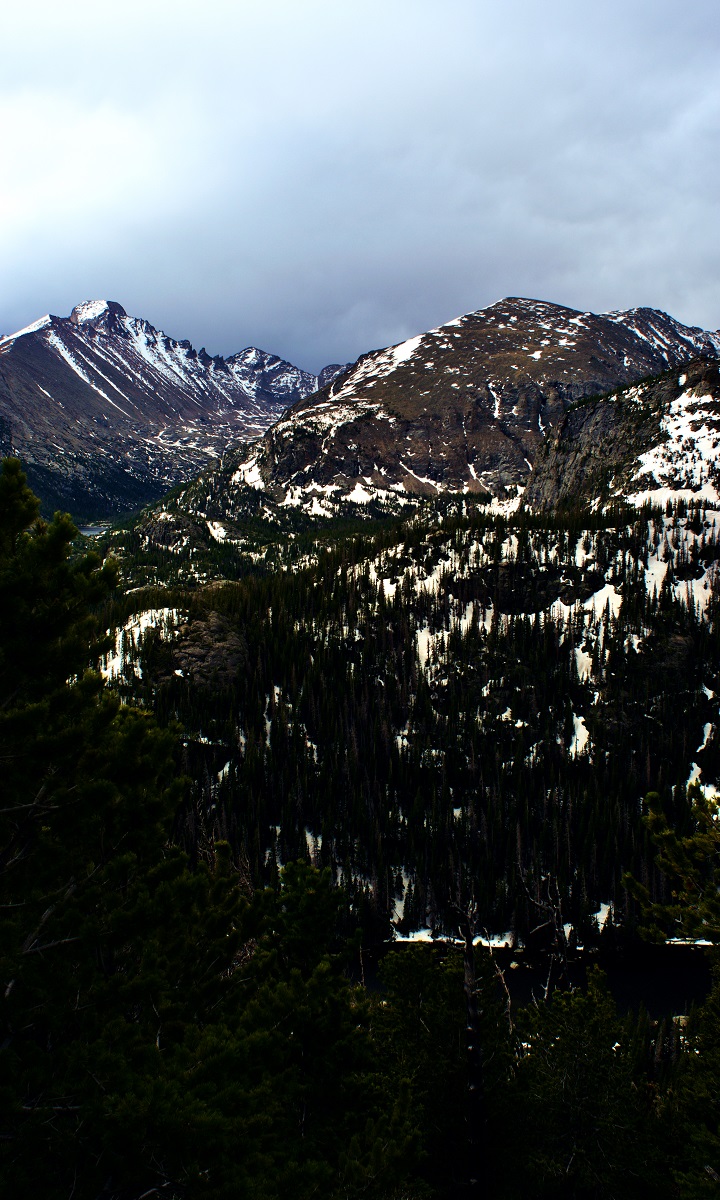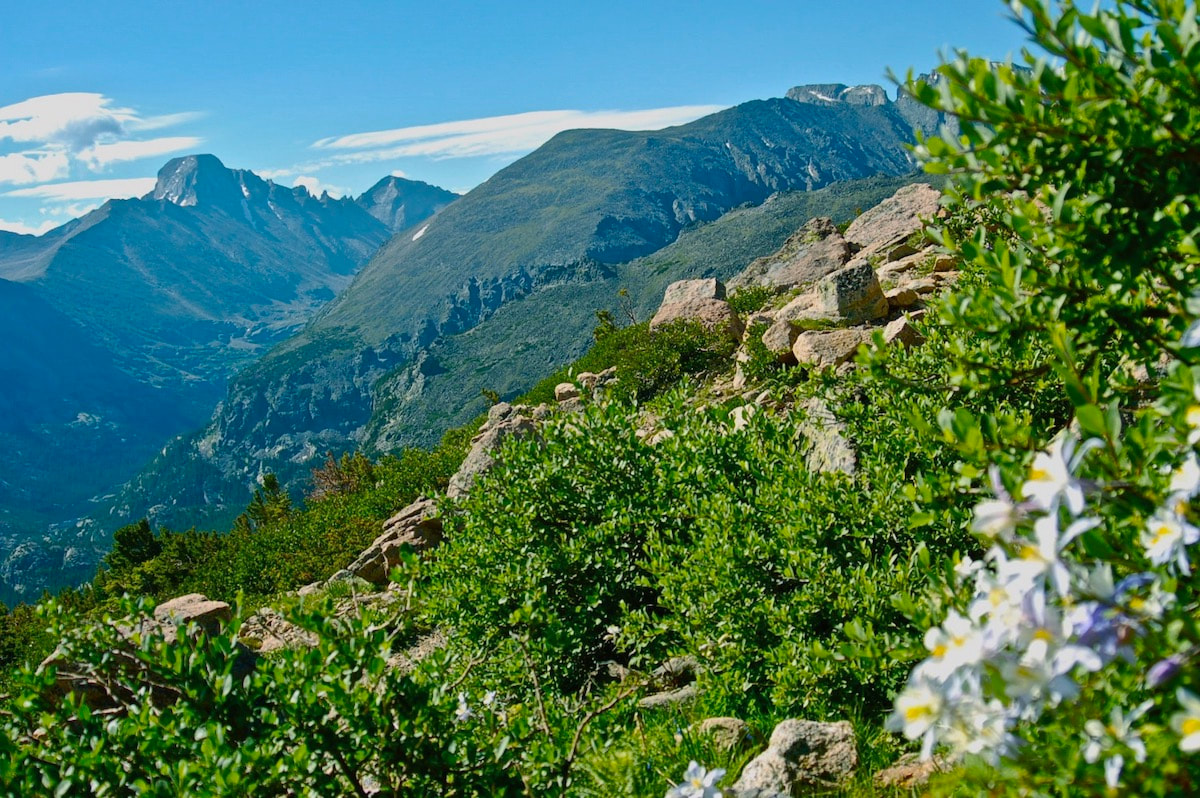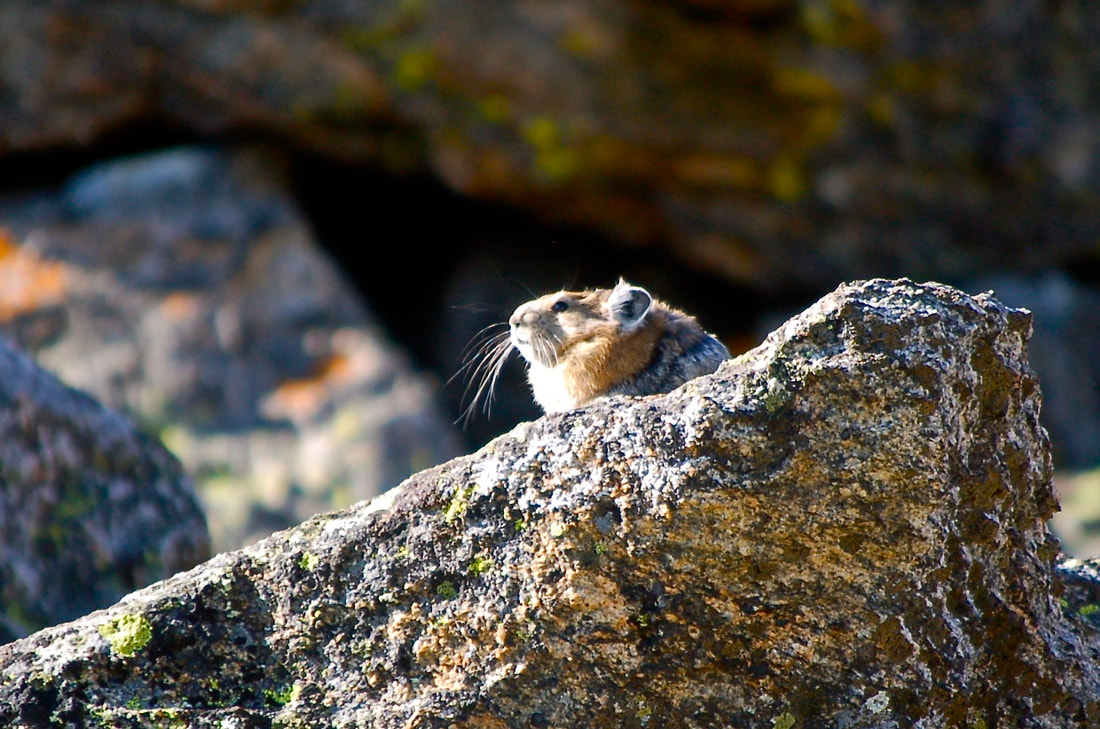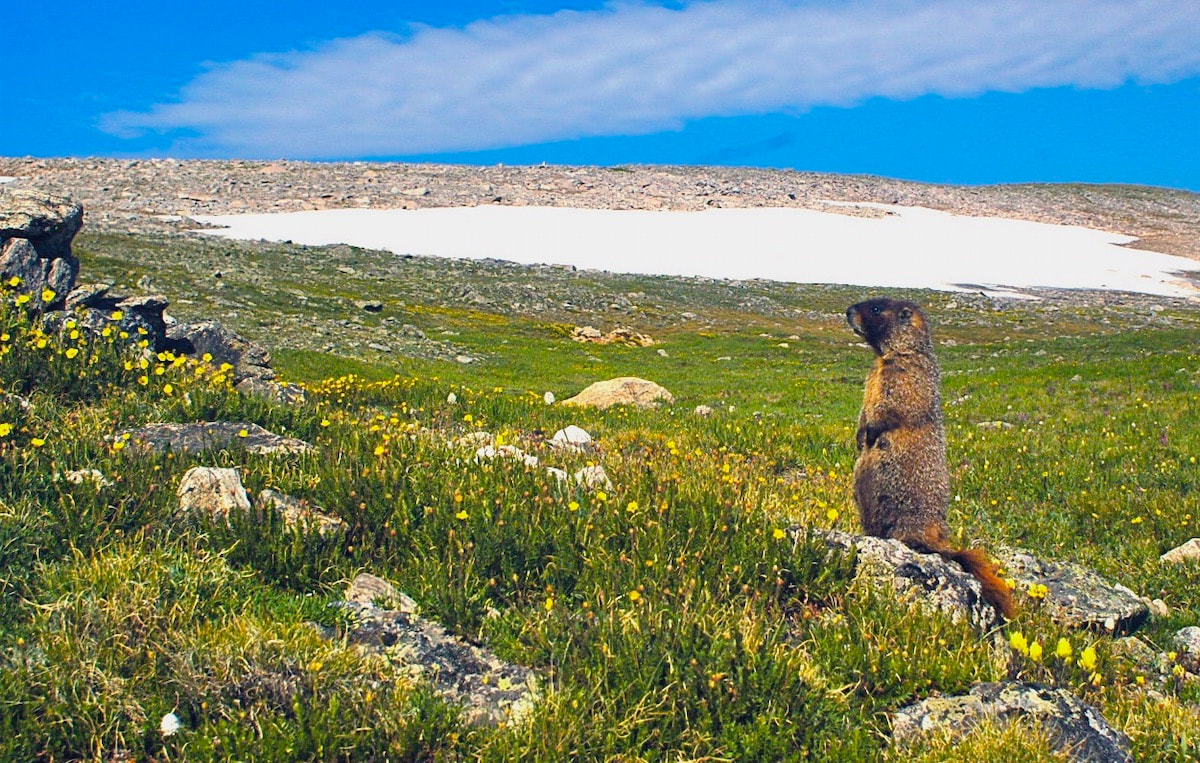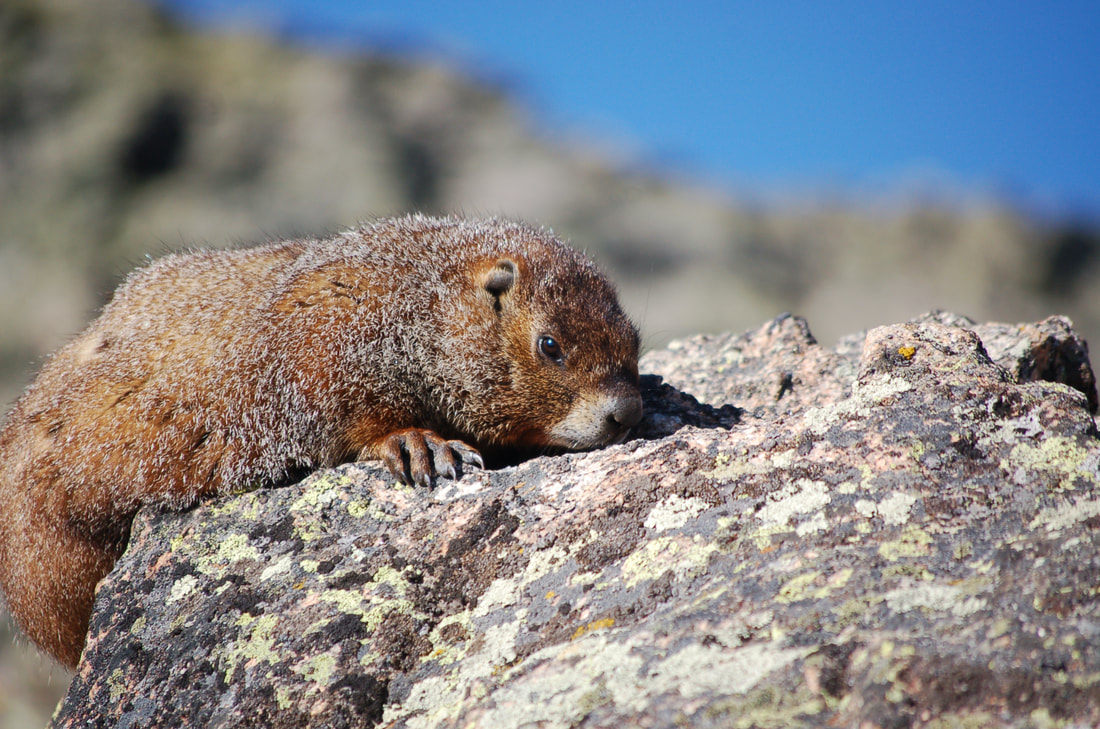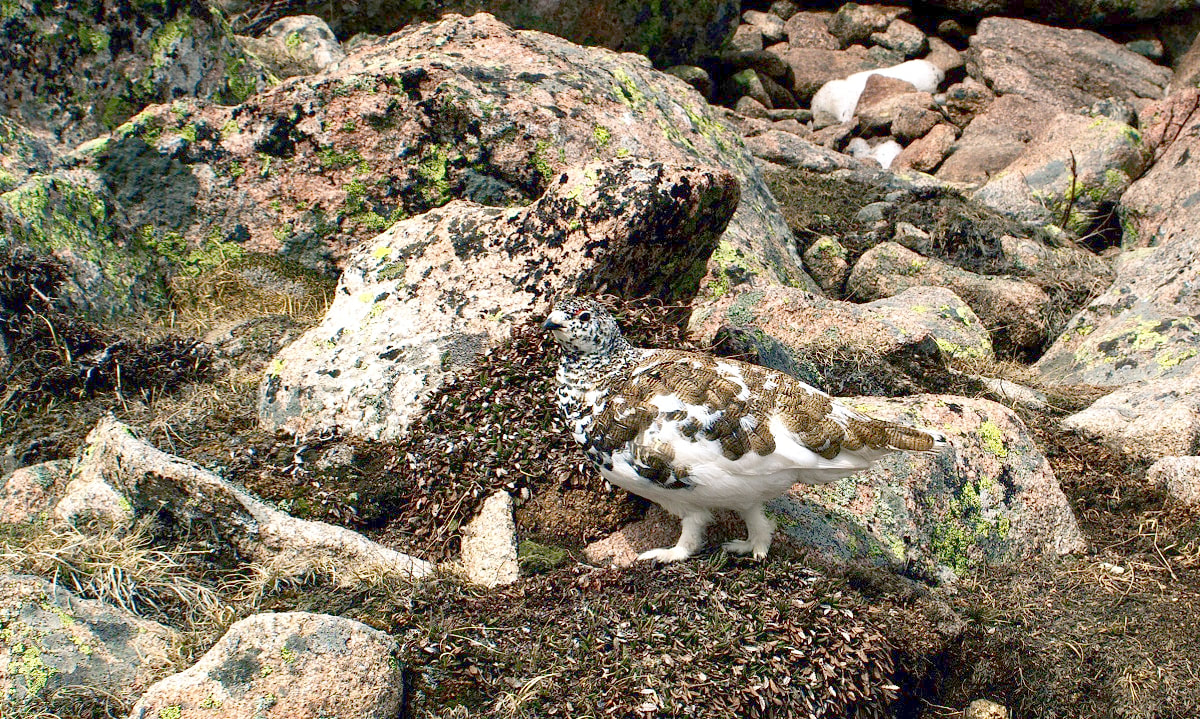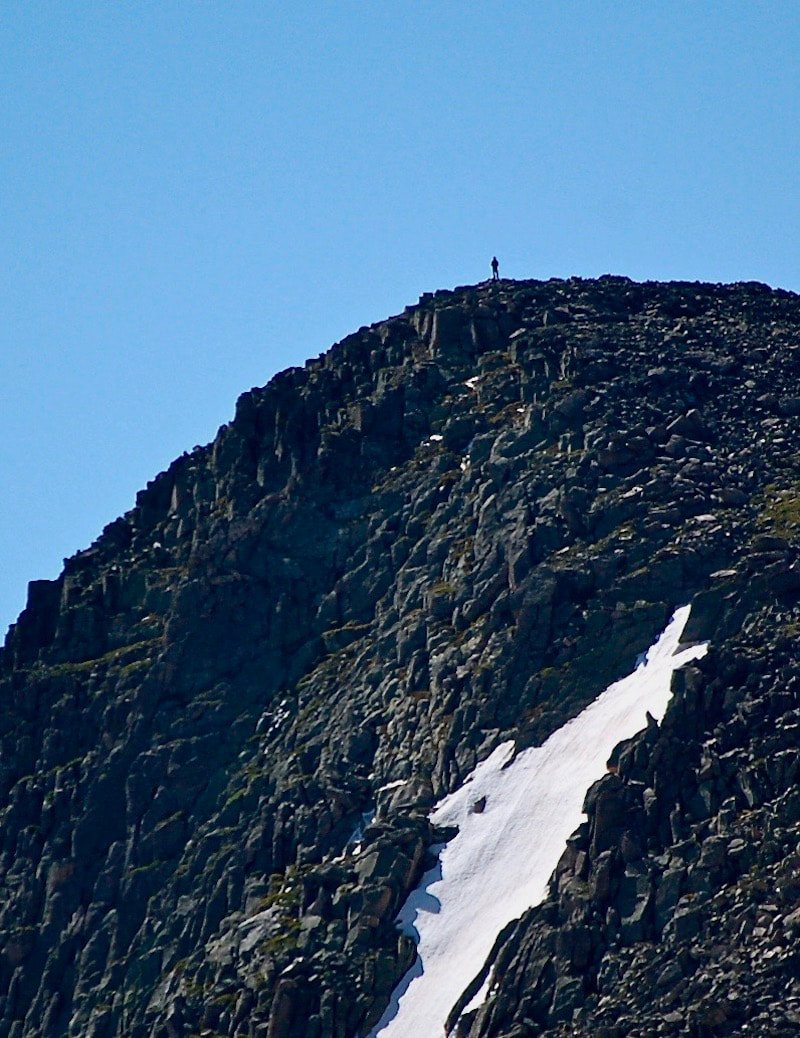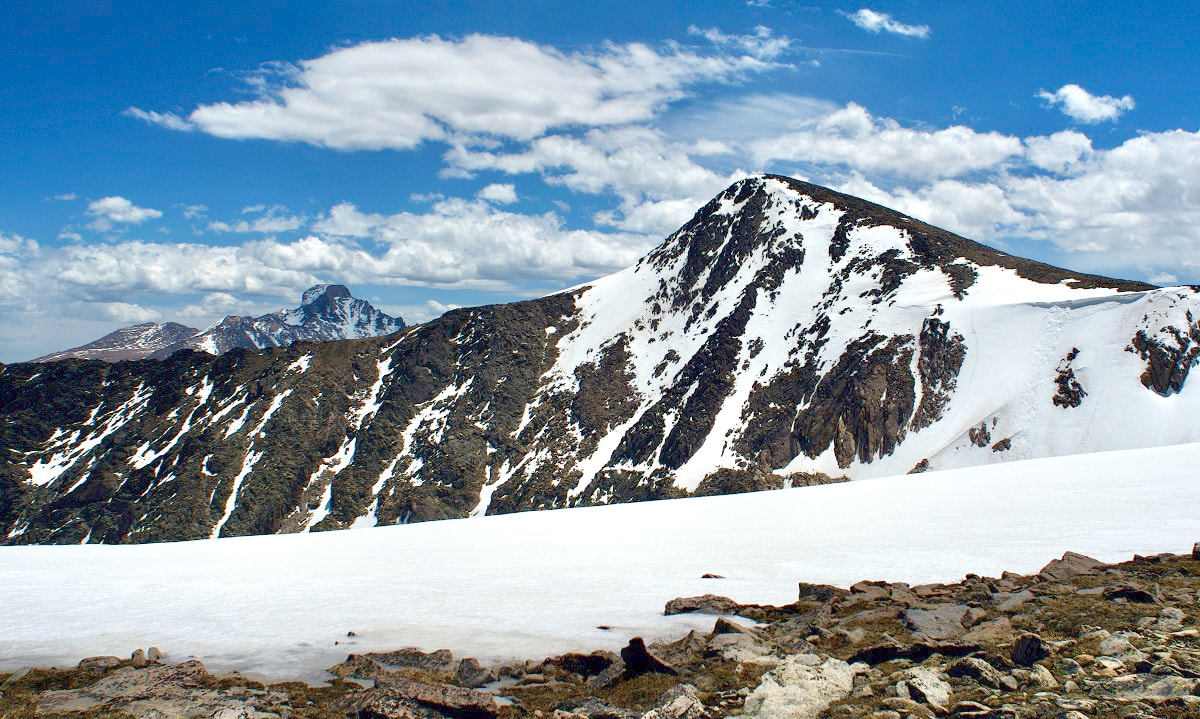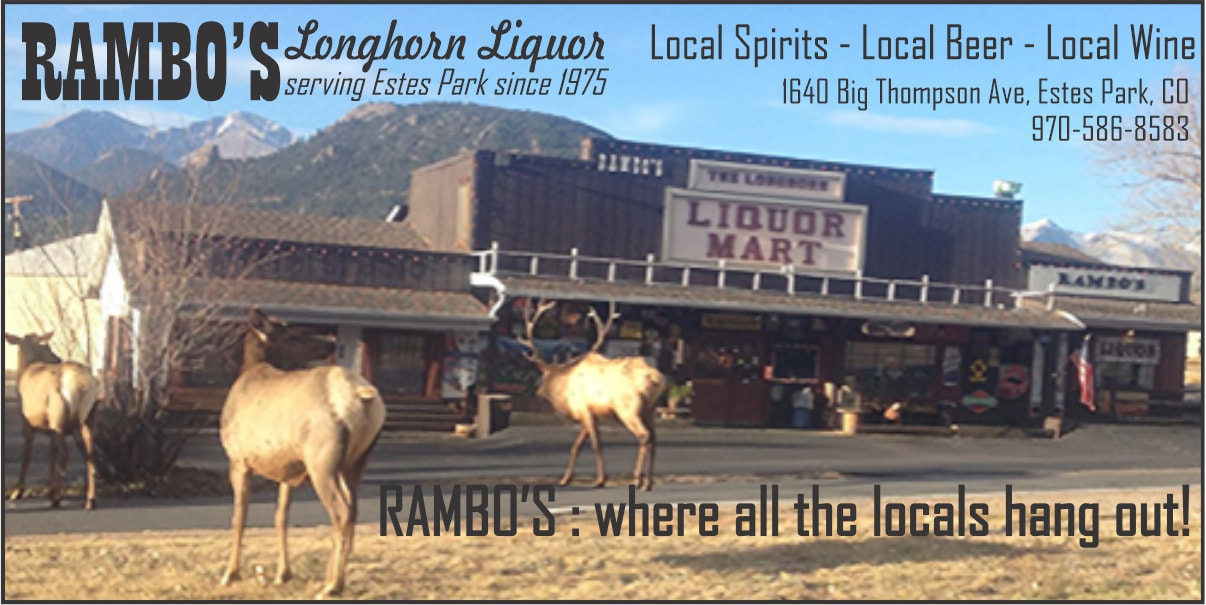|
The wild requires that we learn the terrain, nod to all the plants and animals and birds, ford the streams and cross the ridges, and tell a good story when we get back home. - Gary Snyder Story, photos, and video by Dave Rusk Ahh yes, my idea of a good day in the mountains! Although, sometimes a good day in the mountains does not always lend itself to a good story. “No, we didn't get lost. Yes, we made it to our destination. It was sunny all day.” If all goes well, it can be a challenge to tell a good tale by simply sharing the joy one experiences of being in the mountains. “Yes, it was a terrific day!” And often, it's left at that. My hiking partner, Jonathan, put it in a different way, “Bad decisions make good stories.” Now, I'm not recommending that anyone go into the mountains with the intention of making bad decisions just so they can have a good yarn to spin at the end of the day. No one would want to slip off a log crossing and splash about in a stream so cold it takes your breath away and then shiver in wet clothes the rest of the day, or cower under flashes of lighting and sonorous thunder so overwhelming you feel certain the surrounding mountains will crash down upon you at any moment, all the while wondering if you will make it out with your life. But they do make good stories at the end of the day. No, when I go into the mountains, I try to avoid bad decisions. But I wondered, as Jonathan and I headed out for an early season hike up Flattop Mtn., what the possibilities were of us making a bad decision on that particular day. Would I have a tall tale to tell upon our return? Only time would tell. Normally when I hike the Flattop Mtn. trail, I'll go sometime in July when I know the trail is mostly free of snow and the alpine flowers are putting on a grand show. But I promised my editor a story on hiking Flattop, and possibly Hallett, and while I have done this hike many times over the years, I've never hiked it in early June. I do remember the first time I hiked this trail. It was a warmish July day, perhaps 80 degrees in Estes, and I was huffing my way up above the treeline, hiking in shorts and a t-shirt and feeling the warmth of the sun at these high elevations. Sweat had started to soak into my t-shirt under my day pack. But I kept noticing all these hikers that were coming down bundled up in jackets and warm hats, some even with gloves on. Odd, I thought. But once I got to the top, it made sense. Soon after I sat down to rest and have a snack, a cool alpine breeze began evaporating my sweat and I felt chilled. I was glad I hauled up extra layers of clothes in my day pack. One summer as I was hopping my way down the trail, I came across a friend from Boulder who was running up the trail. He's a head taller than everyone else with thick wavy blond hair and I recognized him right off as he side-stepped by people, keeping up a pretty steady uphill pace. As he approached I said hi and his momentum that was pushing him up the 2,874 feet of elevation gain at 11,000 ft, brought him to a halt. We talked briefly, but I realized he was in training for the Leadville 100; he's a mountain runner, and I didn't keep him long. He pushed on, regaining his momentum and leaving me to wonder how he could run up the mountain like that. On another day I was heading up, not yet breaking out above treeline, and I passed another friend (Michelle) who was already heading down and only a few miles from finishing the nearly 9 mile round trip hike. I realized, as we said our goodbyes, that she may have started early enough to watch the sun rise from the top. On many of my hikes up the Flattop trail, I encountered enumerable marmots with their bodies spread flat, soaking up the summer sun and pikas calling their high-pitched warning while in their never- ending pursuit of gathering nesting material. But mostly I remember the alpine wildflowers: moss campion, alpine bluebells, the old man of the mountain sunflowers (with the wings of checkerspot butterfly spread wide in the morning sun.) My favorite is the the deep rich blue of the Sky Pilot with its golden yellow anthers dotting the center, mixed together with golden yellow alpine avens. But this was the earliest I have ever hiked up Flattop and with all the very late May snow fall (a winter weather advisory had even been issued on the last day of May), I wondered if going was the best decision, or was I just asking for a story? Having obtained a last-minute early morning reservation the night before, we were able to get to the Bear Lake parking lot at a leisurely 7 am. We strapped snowshoes on our packs not knowing what the snow conditions might be like. Around Bear Lake, the trail started off snow-free, but then became snow covered before we got to the Flattop Mountain cutoff. The snow trail remained packed but was slippery, and after a short time we stopped to put on our shoe spikes to improve our upward traction. After visiting with some hikers already on the way down, we determined that the snow conditions would remain firm enough and enough. We found a tree well to ditch the snow shoes; we just had to remember where that spot was on the way back down! Would this be a bad decision? Most of the pack snow trail was easy to follow, but we also used a GPS tracking device (like GPSMyHike) to ensure we didn't lose the summer trail hidden below the snow. We steadily made our way up crossing through treeline. But once onto the open alpine, we were greeted by a stiff wind and we put on our wind jackets. The wind was not a biting cold and my bare hands, gripping poles to keep me steady, never got too cold. At one point, we stopped for a breather at a bare patch of tundra and I saw movement on the ground. There, not more than 10 feet from us were a pair of ptarmigan, their plumage transitioning from a winter white to a mottled summer brown, but blending perfectly with the transitioning tundra. Believing themselves invisible, they slowly strutted away from us until we finally moved on. The trail switchbacks roughly a dozen times as it works its way up the east ridge coming finally to the Emerald Lake overlook with its gaping view down into the Tyndall Gorge and across the Front Range to Longs Peak. After that, it cuts back in a northerly direction across an open slope, with views to the Mummy Range, before bending around onto a northwestern slope that looks across to Notchtop and down into the Odessa Gorge. It was along this stretch that I started to feel some exhaustion. Some people are active all winter, snowshoeing here and there, embracing the strong winter winds. I'm more like a pika. Pikas do not hibernate during the winter months, they stay active, but also they stay sheltered in their rocky burrows grazing on the haystacks they gathered the previous summer and emerging now and then when the weather is favorable. So for me coming out of the winter months, I like to start off with some lower elevation moderate hikes to regain my summer legs. We were pushing against a steady and relentless head wind. I had pulled the hood of my wind jacket up and the steady roar of the wind with the constant flapping of the hood was starting to get to me. But I knew the horse tie-ups’ area was ahead and that is typically a good area to catch a snack break before the final push to the Flattop summit, so I used that as my goal to press on. But as Jonathan up ahead approached the spot, he continued on heading up, making clear his intention to continue. He had stayed pretty active all winter and was already hiking well. He kept hiking a little ways farther up before stopping and waiting while I chugged my way up to him. I halted and glanced up. “Beautiful day!” he declared with a big grin. I had to agree. The sun was out and the scenery was spectacular. I nodded my head in agreement, wondering when we would take a break. He described a spot between Flattop and Hallett Peak at the head of the Tyndall Gorge where we could take a wind shelter break behind a giant boulder. That became my new goal. We plodded our way up the snowfield and then rolled over the rounded summit of Flattop. A trail sign indicating the direction of two trails that head for Grand Lake is the only thing that serves as a summit marker. We took a brief pause in the flapping wind to take pictures, looking off to the west toward the Never Summer Range. We had not seen anybody else for the last mile. Pushing our way in a southward direction, we fought staunch westerly winds pushing us east. As we approached the top edge of the Tyndall Gorge, the winds gusted, roared, and became even stronger as the air flow began to funnel its way down toward Emerald Lake. I stumbled from rock to rock, following Jonathan when he stepped down into a wind eddy of a giant boulder, and just like that the conditions changed. No more push from the wind. No more rattling from my hood. I felt tremendous relief as I dropped my pack and adjusted a flat rock to sitting on. Pulling out our water and food stuffs, we had a perfect view of the west slope leading to the summit of Hallett Peak. The winter winds are so relentless during the winter months on the divide that they had not allowed for any snow to accumulate and we could see we had an unobstructed approach to the top. There was no reason not to continue our trek to the summit of Hallett, if we wanted to. But as I sat there resting, I could feel a drowsiness settling in and my eyelids felt heavy. I was quite sure that I could push myself to the top, but then there was still the descent back to the car to be considered. I settled in a little more on my rocky chair. I was at a decision point. Suddenly, Jonathan hopped up and started preparing his pack. He was ready to take it on and I almost followed suit. But then I said he should go ahead; I needed a rest. Both of us knew that splitting a group is not always a good decision, but I assured him from where I was that I could watch his progress and would be ready to go when he got back. He took off like a raven catching a strong tail wind. I took off my wet shoes and socks and laid them in the sun, then rummaged in my pack for a pair of dry socks. That felt good. I nestled back into my rocky aerie and soon dozed off for maybe 10 mins while Jonathan made his way up. I awoke and found him topping out and then watched his descent. It only took him 23 minutes to get up and 20 minutes to get back down. As I got myself ready to meet him on the divide, I knew I had made the right decision. I felt ready if not refreshed. I popped out of the eddy and back into the gush of wind. Then, we began our hike out. 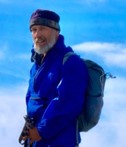 Dave Rusk has been sauntering and taking photographs through Rocky Mountain National Park for decades. He is the author publisher of Rocky Mountain Day Hikes, a book of 24 hikes in Rocky, and the website of the same name. He is the publisher of HIKE ROCKY Magazine and an important content contributor to all of these endeavors. The publication of this piece of independent and local journalism was made possible by Rambo's Longhorn Liquor and the Country Market of Estes Park.
0 Comments
Leave a Reply. |
Categories
All
|
© Copyright 2025 Barefoot Publications, All Rights Reserved

